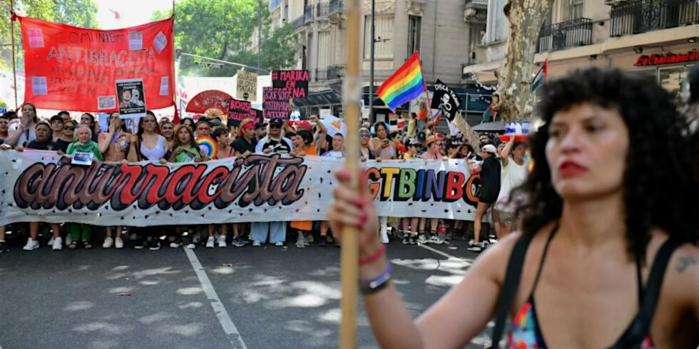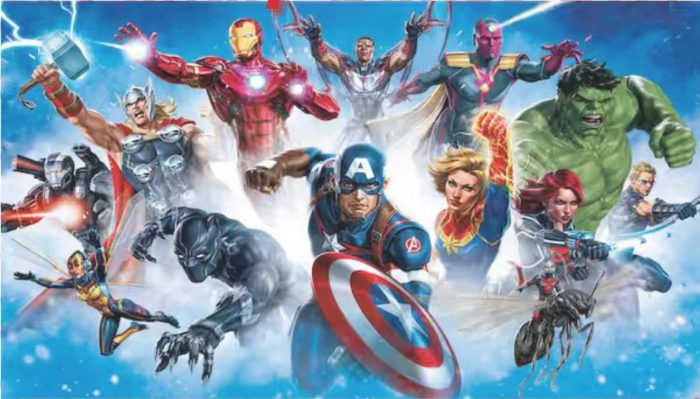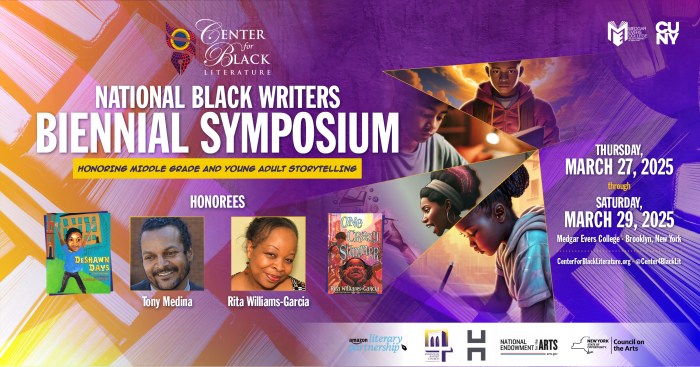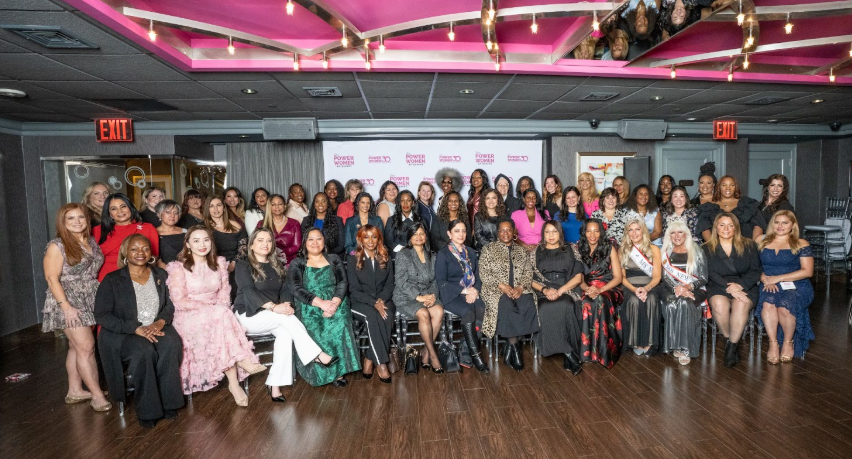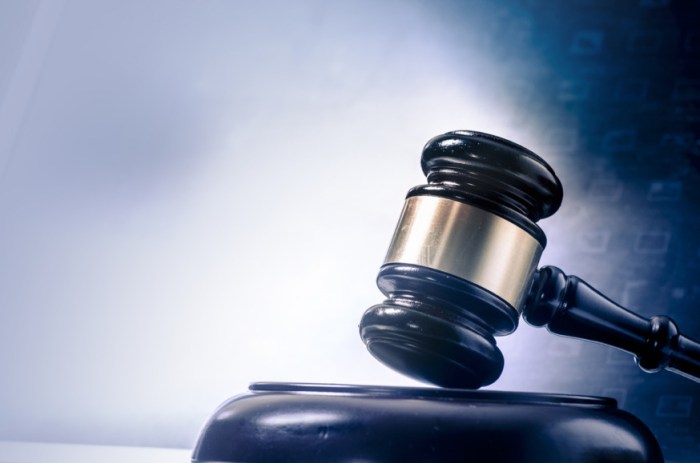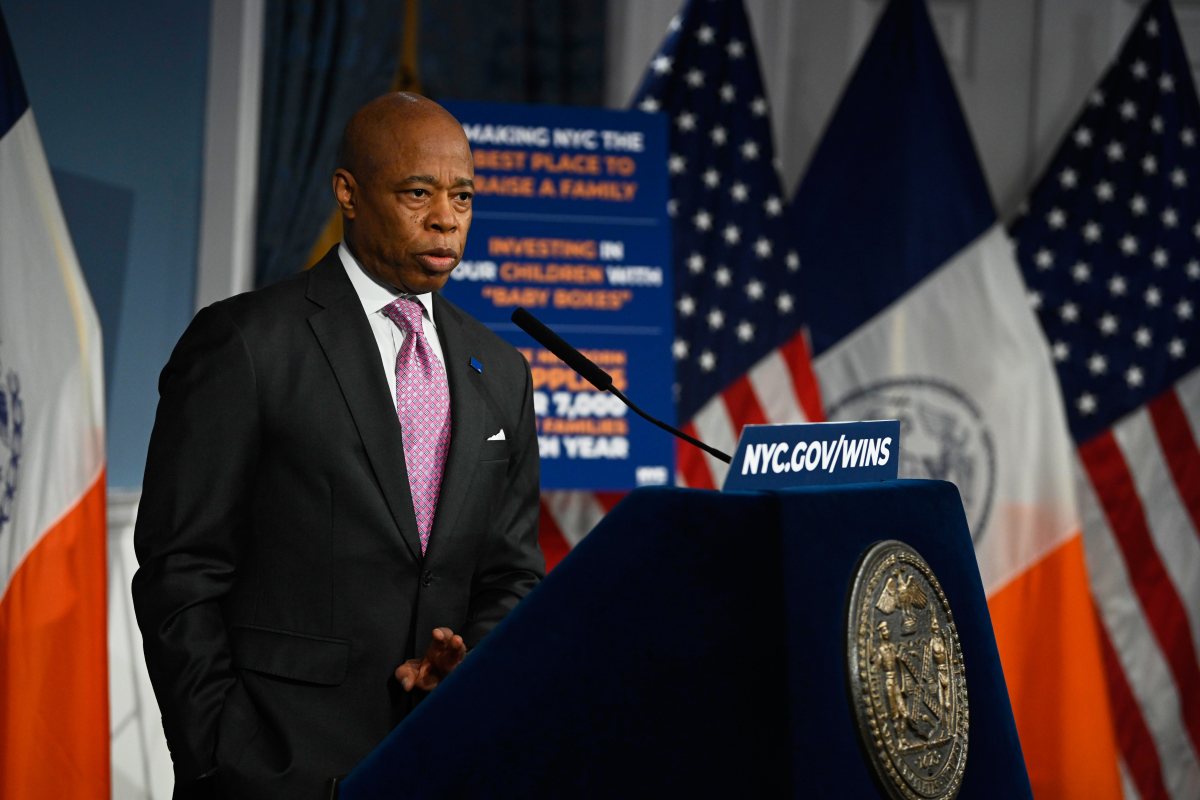WASHINGTON, Jun. 14, 2010 – Ten years ago, the U.S. State Department issued its first annual review of governments’ efforts to combat human trafficking. Monday, for the first time, the report included the U.S. on its list of suspect nations.
“ Mentioning the U.S. as a source, destination and transit country was a courageous move,” said Brad Myles, executive director of the Washington-based Polaris Project, which works to identify and provide services to trafficking victims in U.S. cities and internationally.
Myles said the report did a thorough job of describing U.S. response efforts, but that he would like to see expanded descriptions of “all the forms and types of human trafficking networks” that exist in the country.
“The United States takes its first-ever ranking not as a reprieve but as a responsibility to strengthen global efforts against modern slavery, including those within America. This human rights abuse is universal, and no one should claim immunity from its reach or from the responsibility to confront it,” said U.S. Secretary of State Hillary Clinton in releasing the report Monday.
The 10th annual report was also commended by experts for avoiding the politicisation that had coloured previous years’ rankings, where some countries that oppose certain U.S. policies were ranked worse than some trafficking experts felt they should be.
“The current [U.S.] administration seems to have depoliticised the rankings,” said Kevin Bales, founder of the nonprofit Free the Slaves. He pointed to Saudi Arabia as an example. “Now, Saudi Arabia is in Tier Three. I think this is an important statement that [the report] isn’t about who pays our bills or where our oil comes from – this is about human trafficking.”
The report divided countries into three tiers, ranking them from Tier 1 – those countries that fully comply the minimum standards laid out in 2000’s Trafficking Victims Protection Act – to Tier 3, which includes countries that do not fully comply with those standards and are not making significant efforts to do so.
The countries in Tier 3 face the possibility of sanctions. They include Cuba, the Democratic Republic of Congo, the Dominican Republic, Eritrea, Iran, Kuwait, Mauritania, Myanmar, North Korea, Papua New Guinea, Saudi Arabia, Sudan and Zimbabwe.
The report also drew praise for emphasising the variety of trafficking abuses that exist.
Kay Buck, executive director of the Los Angeles-based Coalition to Abolish Slavery and Trafficking, was “very pleased to see this emphasis on forced labour issues in the report”.
But, she said, at the same time “we want to avoid what has happened in the past where there is a ‘pendulum swing’ and we stop talking about other types of slavery like sex slavery.”
Both the report and NGOs emphasised that despite the 10 years that have elapsed since the first Trafficking in Persons report and the United Nations’ adoption of the Palermo Protocol on human trafficking, the anti-trafficking movement is still quite young and much remains to be done.
Worldwide, the State Department estimated there are 12.3 million adults and children in modern-day slavery – including forced labour, bonded labour and forced prostitution. That means just under two people in a thousand are victims of human trafficking. In Asia and the Pacific, that percentage rises to three out of every thousand people.
Yet, says the State Department, there were only 4,166 successful prosecutions of traffickers in 2009.
This points to a problem recognised by both NGOs and Washington – current resources and actions are falling far short of fully addressing the extent of human trafficking and the slavery it results in.
“Resources have increased just minimally since 2003 despite increases in victims certified to receive funding,” said Buck. “What we hope is that the U.S. will follow its own recommendation in the report and increase funding, including long-term, comprehensive care for victims.”
The report says that 49,105 trafficking victims have been identified worldwide, 59 percent more than 2008, the last time this number was reported.
There also remain serious questions as to how best to aid victims once they are identified and how to encourage them to seek assistance if possible.
In sex trafficking, for example, “services for survivors are as rare as programmes that address the demand for their victimization. And if they are found, women are repatriated as a matter of first instance, or are locked in ‘shelters’ that look more like prisons than the safe haven that a survivor needs,” said Ambassador-at-Large Luis CdeBaca, who directs the State Department’s Office to Monitor and Combat Trafficking in Persons.
“Particularly, immigrant victims are harmed because victims must cooperate with law enforcement,” and immigrants may fear deportation or imprisonment.
“We still have a long way to go in terms of removing the barriers preventing victims from coming forward. They still fear for their own safety and the safety of their family back home,” said Buck, adding that victims usually “really want to move on with their lives” rather than relive their experiences through activities like being subpoenaed.
CdeBaca emphasised that progress has been made. Globally, “116 countries have enacted legislation to prohibit all forms of trafficking. This last year saw more victims identified, more services provided, and more traffickers convicted than any year in history,” he said.
But, he added, “enslaving someone still carries too little risk. Remediation, fines, or warnings are too small a price to pay – those who would profit by stealing freedom should lose their own.”
Toward this end, last year’s 4,166 successful trafficking prosecutions represent a 40-percent increase over 2008. But 62 countries have yet to convict a trafficker under the laws laid out by the Palermo Protocol and 104 still lack laws or regulations to prevent victims’ deportations.
Twenty-three countries moved up a tier the rankings in the 2010 report while 19 countries were downgraded. (IPS/GIN)




